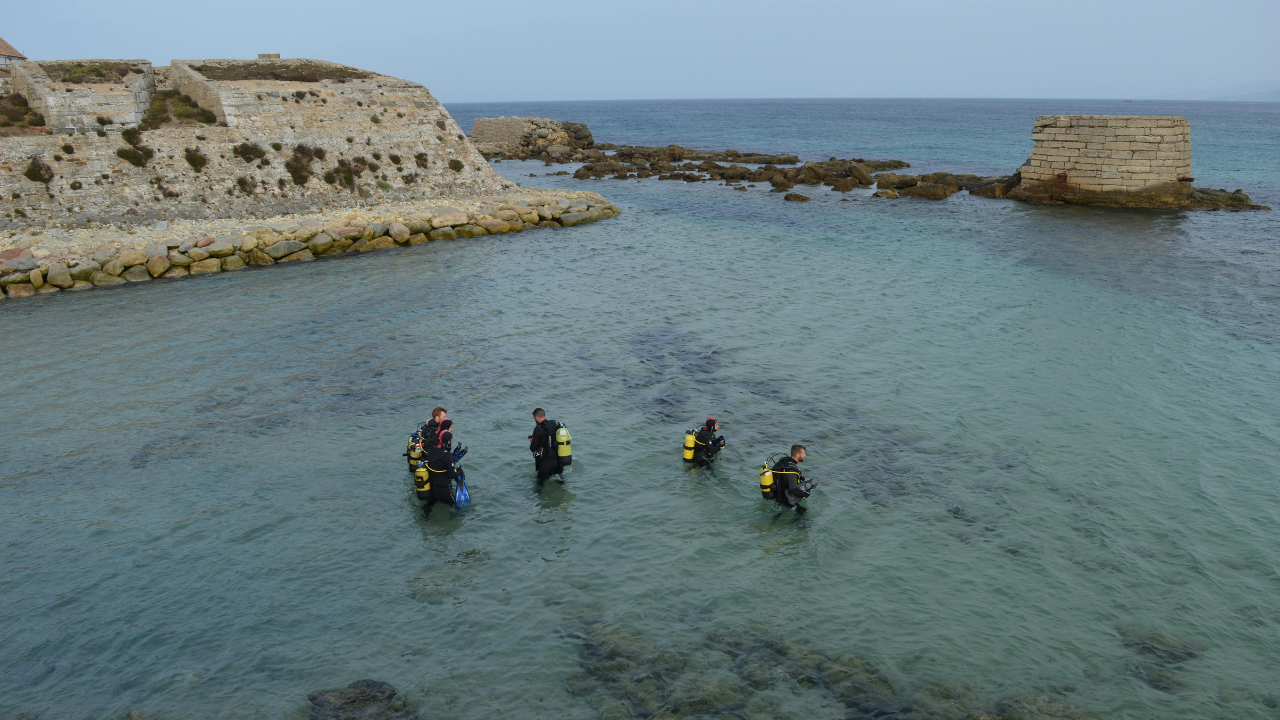
A fascinating find deep in the Baltic Sea is stirring up fresh questions about Europe’s prehistoric past. Researchers have uncovered a 3,000-foot-long stone wall—now called the Blinkerwall—submerged about 70 feet underwater near Rerik, Germany. This remarkable discovery, detailed in PNAS (Source: PNAS), could shift what we know about ancient European societies.
The structure, made up of roughly 1,700 stones, stretches over half a mile. It’s about 7 feet wide and just under 3 feet tall at its highest points. Experts believe it dates back over 10,000 years to the Mesolithic Age, a time when life was vastly different. Rising sea levels roughly 8,500 years ago are thought to have submerged the wall, leaving it hidden until now (Source: Science News).
What Makes the Blinkerwall So Important?
The discovery is sparking debate about the lives of prehistoric communities. Was this massive structure a hunting tool? Evidence suggests it may have been used to guide reindeer during hunts, hinting at a level of organization not usually associated with Mesolithic hunter-gatherers. This challenges the long-standing idea that these societies were strictly nomadic (Source: The Guardian).
Scientists involved in the project point out, “A structure of this scale suggests a shift toward more permanent settlements.”
A team from the Leibniz Institute for Baltic Sea Research Warnemünde is leading the study, armed with nearly one million euros in funding to investigate the site from 2025 to 2027. They’re collaborating with experts from the Leibniz Center for Archaeology and researchers at Rostock and Kiel universities (Source: Dagens).
A Closer Look at the Mystery
To better understand the Blinkerwall, researchers have created a 3D model of the structure. This detailed representation is helping them piece together its purpose and origins. While theories about natural causes like ocean currents or glaciers have been ruled out, its exact use remains unclear (Source: Sci.News).
Was the Blinkerwall part of a larger community effort or a stand-alone creation? This is one of the key questions driving the study. Researchers believe the wall could reveal new insights into how early Europeans lived, hunted, and even organized their communities.
Why This Changes the Game
Discoveries like the Blinkerwall don’t just add a new chapter to history books—they reshape how we think about the people who built them. This submerged wall hints at a prehistoric lifestyle that was far more advanced than previously thought.
The team studying the site remarked, “Finds like this offer a glimpse into an ancient world that was more sophisticated than we imagined.”
With years of research ahead, this underwater relic is poised to reveal even more about Europe’s prehistoric roots and the people who called it home.